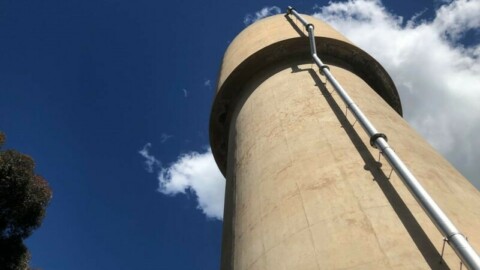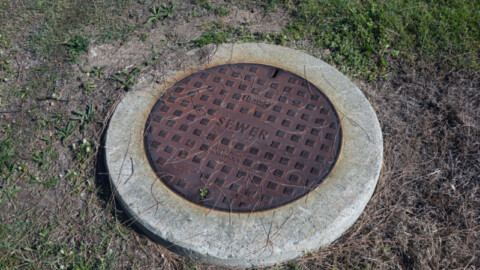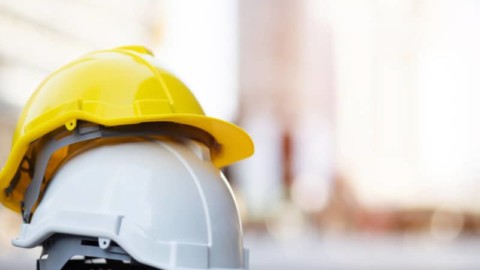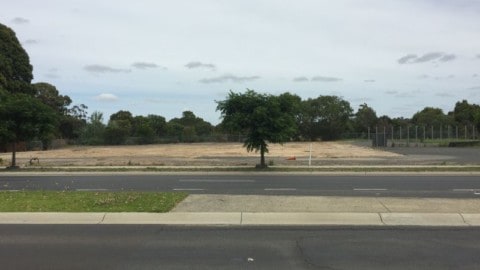The winner of the 2019 Massachusetts Institute of Technology’s (MIT) $100,000 Entrepreneurship Competition has been awarded to a startup that is helping oil well owners remotely monitor and control the pumping of their wells, increasing production while reducing equipment failures and cutting methane emissions.
Acoustic Wells, a team that includes two MIT postdoctoral scholars, was awarded the grand prize after eight finalist teams pitched their projects to judges and hundreds of attendees at the university’s Kresge Auditorium.
The majority of North America’s 1.4 million oil and gas wells are run by independent owners operating batches of hundreds or thousands of aging wells. Working with thin profit margins and older equipment, the owners rely on small teams of workers to manually inspect each well in a yearlong, labour-intensive, daily process.
When setting up their pumping equipment, each owner must strike a balance. If they set up the wells to pump too slowly, they risk leaving oil in the ground and losing much-needed revenue. If they pump too fast, they risk breaking their equipment and causing pollution.
“The result [of pumping too fast] is similar to when you’re drinking with a straw from a cup and there’s nothing left, so you hear that bubble sound,” said Acoustic Wells founder and CEO, Sebastien Mannai.
“The same thing happens with oil wells, but on a much bigger scale.”
In the case of oil wells, those bubbles are pockets of methane that enter the pump and cause it to fail, unleashing unnecessary greenhouse gases in the process.
To address this problem, Acoustic Wells is developing an IoT device based on a novel sensor and an online cloud solution to help well owners control their equipment using real-time pumping data.
Mr Mannai, a postdoc in the Department of Aeronautics and Astronautics, compared the device’s sensor to a stethoscope. It works via a sensor similar to a microphone connected to the wellhead at the surface.
The sensor records the sound of the pump and a field computer processes the data on the edge before sending the results to a cloud-based system for real-time analysis. Owners can view the processed data on a dashboard and remotely send orders to the well to change its pump settings, simplifying the inspection and control processes.
The company has already conducted field tests with an early version of its solution on 30 wells across Oklahoma, Texas and Louisiana. In those tests, the solution was able to detect key issues and the wells were adjusted to increase their efficiency and reduce their emissions.
The team also includes Charles-Henri Clerget, a postdoctoral associate in the Department of Mathematics who is also affiliated with the Earth Resources Laboratory (ERL), and Louis Creteur, the IoT and cloud architect of the company Leanbox.
Overall, it is believed the solution could save independent well owners US$6 billion annually while preventing the methane equivalent of 240 million tonnes of carbon dioxide.














